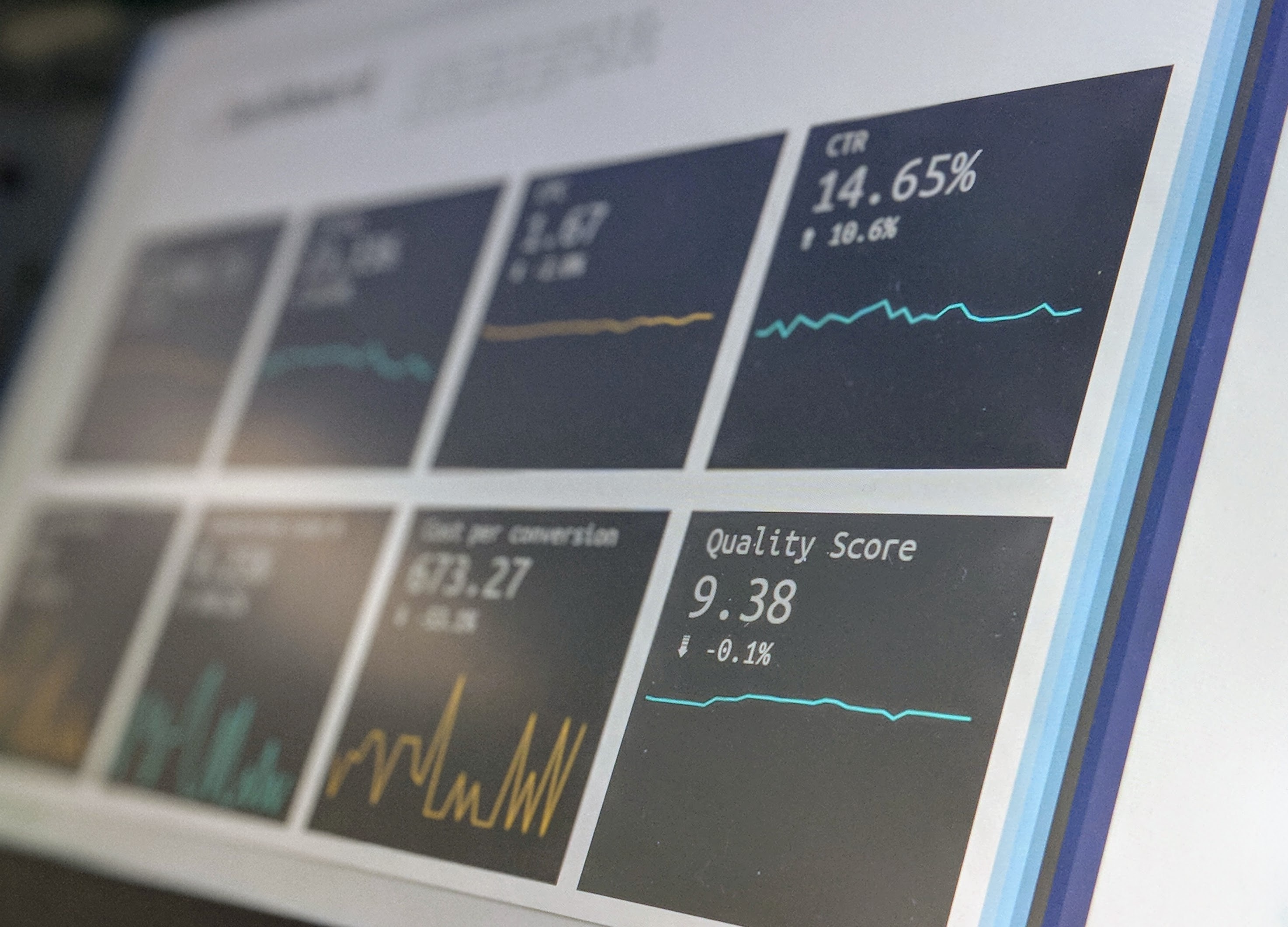Harnessing Data Insights to Inform Beautiful, Accessible Digital Design
Jun 19, 2023
Fellow design nerds and data dorks! 🤓 It's time to embark on a bit of a digital treasure hunt.
Today, I'm knee-deep in all things data insights. I'll be unearthing how to gather this golden data, sharing the tools I use, and let you in on the secret sauce to convert these insights into spectacular designs for our websites, apps, and other digital wonders.
Whether you're an old hand at data excavation or a shiny new designer just taking your first swing with the pickaxe, there's something here for you. Adjust your specs, get that data-sifter ready, and let's hit a design goldmine together! 💻📊💡
Why Data?
Data is the lifeblood of effective design. It provides objective evidence about your users' behavior, needs, and challenges. Without data, we're designing in the dark. It helps us understand user paths, pain points, and what's working well. But how do we gather this data?
Tools of the Trade
There's a wide array of software available to gather data, each with its own set of strengths:
Google Analytics: This robust tool provides an extensive view of how users interact with your website, showing you popular pages, user paths, and much more.
Hotjar: This provides heatmaps, session recordings, and conversion funnel analyses, helping you visualise how users navigate your site and where they may encounter difficulties.
UserTesting: This platform allows you to run usability tests, gathering qualitative data directly from your target users.
A/B Testing Tools (Optimisely, VWO): These tools let you compare different design versions to see which performs better, providing hard data on what users prefer.
Surveys (SurveyMonkey, Typeform): Surveys provide you direct user feedback, a gold mine for qualitative data.
Mixpanel: Ideal for app-based data tracking, Mixpanel helps you understand user interactions within your app.
Now that we have our tools, let's dive into some techniques to use data insights in your design process.
Data-Informed Design Techniques
User Persona Development: Use demographic data, user behaviour, and feedback to create representative user personas. These personas can guide your design choices to ensure they align with your users' needs and preferences.
User Journey Mapping: Use data from user sessions and analytics to map out the common paths users take through your app or website. This helps identify friction points and areas for improvement.
Accessibility Enhancements: Use demographic data and user feedback to understand the diverse needs of your audience, and design inclusively. For instance, data indicating a significant portion of older users might prompt you to use larger font sizes.
A/B Testing: Test different designs with actual users, and let their behaviour guide your design decisions. This reduces reliance on guesswork.
Feedback Loop: Always keep the lines open for user feedback. Whether through surveys, feedback widgets, or social media monitoring, direct user feedback provides actionable insights for design improvements.
Case in Point
Let's consider a practical example: You're redesigning an e-commerce website. Google Analytics shows a significant drop-off at the checkout stage. Using Hotjar, you discover users are confused by an unclear delivery options section.
Based on this, you simplify the delivery options and run an A/B test using Optimisely. The new design results in a significant decrease in drop-offs. Meanwhile, a survey you sent out via Typeform indicated that users wanted a guest checkout option, so you add that to the design. The end result? A smoother, more efficient checkout process informed entirely by data insights.
In summary, data isn't just a buzzword. It's the compass guiding us to design digital products, apps, and websites that truly resonate with our users. With the right tools and techniques, we can create designs that are not only visually beautiful but also efficient, accessible, and delightful to use. Data, after all, is design's best friend! 📊💡🎨





